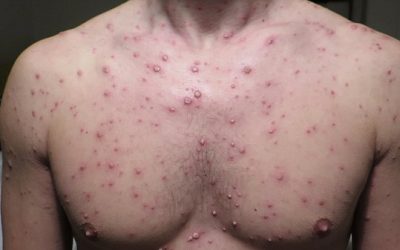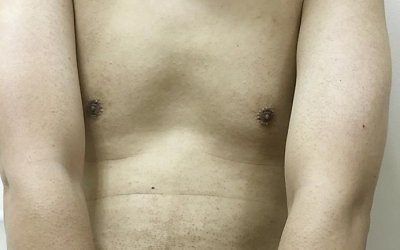Polymorphic light rash (sun allergy)
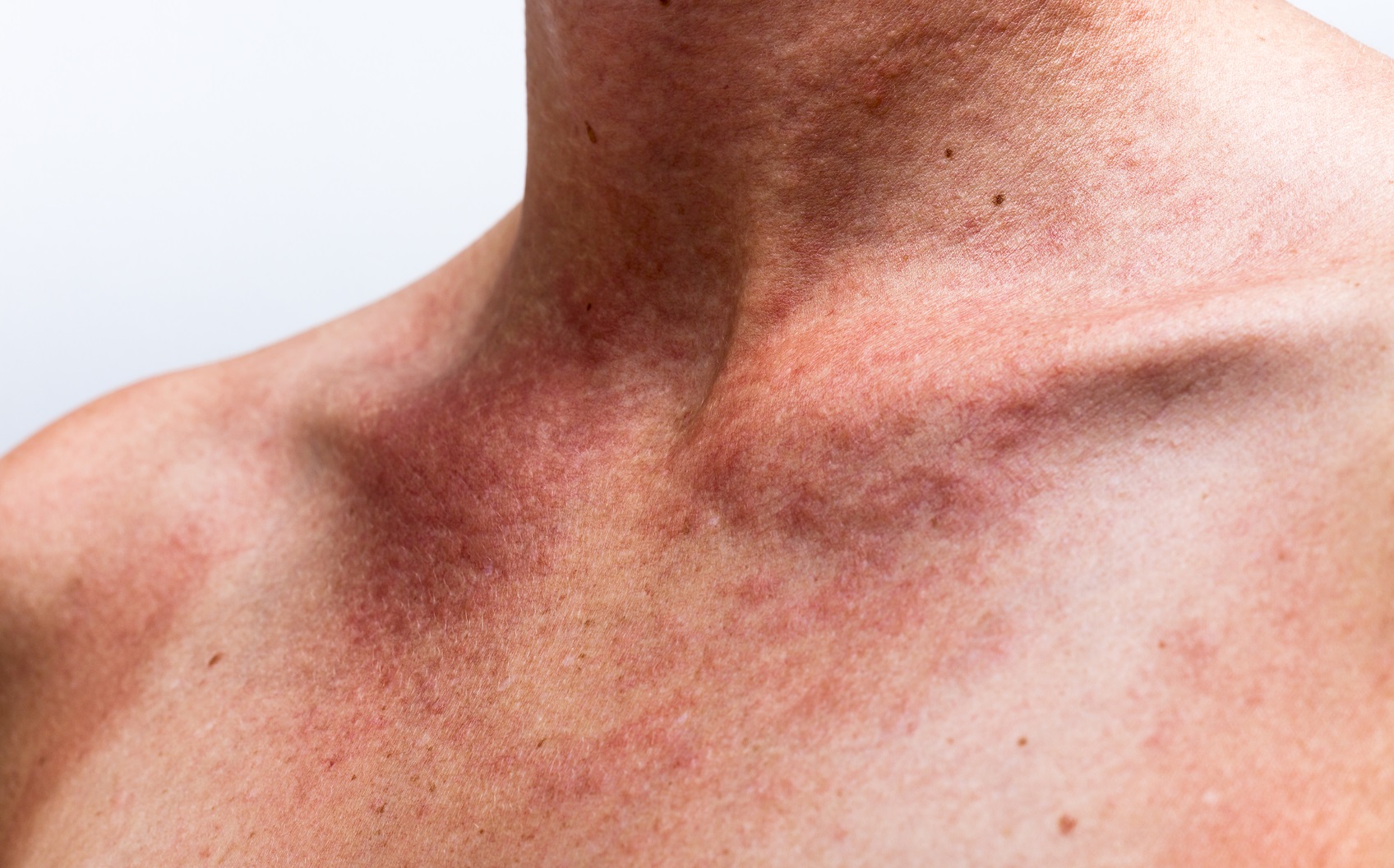
It usually occurs during the warm season (spring, summer), which means it is seasonal. Itchy, small, pink or skin-coloured papular rashes, less commonly plaques and vesicles, appear on areas of skin exposed to direct sun within a few hours, less often after a couple of days. Skin lesions disappear spontaneously within a few days if you avoid the sun.
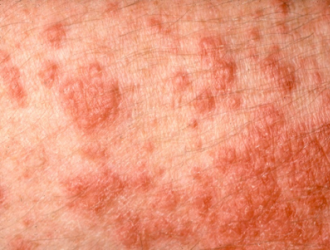
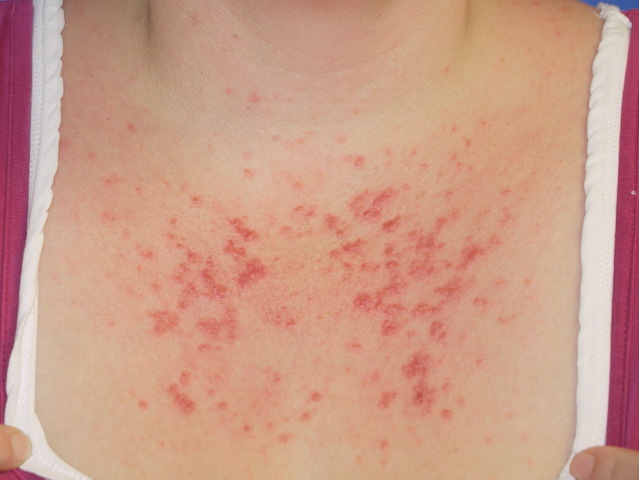
The diagnosis is based on medical history (exposure to direct sunlight), clinical symptoms (itchy rash on sun-exposed areas of the body) and seasonality (warm season). In most cases, no further tests are needed.
– Sun protection: clothes that cover the skin, SPF 50 sunscreen
– Prophylactic phototherapy (narrow-wave UVB phototherapy) in early spring or late winter to increase tolerance to the sun’s ultraviolet rays during the warm season. The course is 2-3 treatments per week for 4-6 weeks each year.
Treatment:
– Corticosteroid ointments. They are effective in reducing inflammation and itching. These drugs are given for 5-7 days, 1-2 times a day.
– In advanced disease, oral corticosteroids are prescribed.

Chickenpox
Chickenpox, or varicella, is a highly contagious viral infection that causes an itchy, blister-like rash. Early treatment and proper skin care are essential to managing symptoms and preventing complications. Learn how to care for chickenpox-affected skin.
Keratosis pilaris – goosebumps
Keratosis pilaris, often called goosebumps or follicular keratosis, is a common skin condition that causes rough, bumpy patches. While harmless, it can be managed with treatments that smooth the skin and improve texture.
Nummular Eczema
Nummular eczema is a chronic skin condition characterized by itchy, coin-shaped patches that can persist for months. Effective treatments focus on relieving symptoms and preventing flare-ups to maintain healthy skin and improve comfort.


